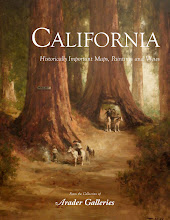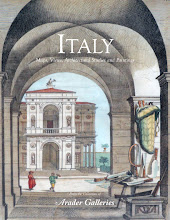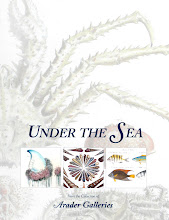 French School
French School An Allegorical Garden
Gouache on vellum with contemporary frame
Framed size: 23 1/4” x 23 1/8”
France, Seventeenth century
 Johann Christoph Volckamer (1644-1720)
Johann Christoph Volckamer (1644-1720) Plate 20 from Hesperidum Norimbergensium
First Latin Edition: Nuremberg, 1713
Hand-colored copperplate engraving; 14” x 9”
 François Duvillers (1807-1881)
François Duvillers (1807-1881)Plate 57 - Plan du Parc Sericicole, Agricole, Gruitier, Potager ... des Proprietes de Mr. Eugene Chaband
From Les Parcs et Jardins
Paris: 1871-78
Hand-colored engraving; 14 ¼" x 21 ¼"
The characteristics of a typical Baroque garden include a grandness of scale, rich ornamentation and sweeping vistas. The decoration of the Baroque garden reflected the culture of the time. There was a wide interest in botanicals and natural history, due to the 17th century world explorations, which affected the appearance of gardens. Exotic plants, such as citrus trees, animals, shells and stones imported from all around the world were incorporated into garden design. Fountains, hydraulics and painted perspectives reflected the scientific and technological innovations of the era. Additionally, there was a wide interest in antiquities, and thus classical sculpture became a main element of garden design.
If you have an interest in receiving the In the Garden catalog, please call Arader Galleries at 415.788.5115.












